From oil potential to protracted crisis
According to the US government's Energy Information Administration (EIA), Iran has the world's second-largest proven natural gas reserves and the third-largest crude oil reserves, accounting for more than 9% of the world's total. The country exports 1.5 to 2 million barrels of oil per day, mainly to China.
But in contrast to Saudi Arabia or Qatar - rich countries with high average income in the world, Iran's economy faces many difficulties, with prolonged high inflation, high unemployment, and many people falling into poverty.
Iran's nominal GDP reached over $400 billion by the end of 2024, but real GDP was eroded by inflation. With a population of over 90 million people, per capita income is around $4,600, but consumer prices increase by several dozen percent each year, putting heavy pressure on people's lives.
Iran has dropped to 117th place globally in terms of GDP per capita, and is likely to continue to fall as the Middle Eastern country finds itself in a disadvantageous position.
In 2025, the IMF estimates Iran's nominal GDP to be around $341 billion and its GDP per capita to be $3,900.
On June 13, Israel launched Operation Rising Lion, attacking hundreds of nuclear and military targets in Iran. Photo: The Australian
According to the World Bank, Iran's inflation is expected to reach 45.8% in 2022, 41.5% in 2023, and 31.7% in 2024. Economic growth, although reaching 4.7% in 2023 and 3.5% in 2024, remains precarious due to its dependence on oil.
In recent years, the Iranian rial has depreciated sharply against the US dollar. From 19,100 rials to 1 USD in March 2020, the Iranian currency has fallen to more than 42,100 rials to 1 USD as of June 15, 2025.
That’s the official exchange rate published by the Central Bank of Iran. In fact, according to the foreign exchange website Bonbast, the currency is traded on the unofficial market, with the exchange rate reaching 94,800 Rials to the US dollar as of June 15.
Data released by Türkiye's TRT Global television channel shows that by 2024, about 33% of Iran's population will be living below the poverty line. Some sources even say that this rate could exceed 50%.
Additionally, the youth unemployment rate is as high as 19.4%, with half of those being men between the ages of 25 and 40.
In 2024, despite its significant oil and gas reserves, Iran faces a serious energy crisis. The country has experienced a shortage of about 14,000 MW of electricity. In the winter, electricity demand increases but Iran can only meet 75% of its daily natural gas needs.
At the same time, water shortages are becoming increasingly evident, especially in the capital Tehran, where water levels in major dams have dropped to extremely low levels.
Economic risks and new cycle of instability
Among the Middle Eastern countries, Iran has always been the focus of international media attention because of its nuclear program and its network of proxy forces such as Hezbollah, Hamas...
However, Iran's economy has been in a deep recession for two decades and is on the brink of collapse. Sanctions have crippled Iran's oil industry. Outdated technology, crumbling infrastructure and other internal problems have hobbled Iran's economy.
Since the 1979 Islamic Revolution, Iran’s economy has undergone many changes. The new government nationalized the oil, banking, and heavy industries, pursuing a centralized economic policy. However, the Iran-Iraq War (1980-1988) devastated the infrastructure, reduced oil production, and consumed defense spending, pushing inflation and unemployment to record highs. In 1980, Iran’s economy contracted by 21.6%, marking the beginning of a periodic recession.
Under President Rafsanjani (1989–1997), Iran reformed, opening up to private sector and reducing subsidies, but was hampered by its conservative political system and Western sanctions.
By the 2000s, rising global oil prices offered opportunities, but President Ahmadinejad’s (2005-2013) populist policies, such as cash handouts and energy subsidies, caused inflation to explode and long-term investment to decline. The rial depreciated sharply, especially when the US imposed sanctions over the nuclear program, causing oil exports to plummet.
On June 13, Israel launched Operation Rising Lion, attacking hundreds of nuclear and military targets in Iran to stop Tehran’s nuclear program. The attack caused heavy damage in Iran, and the country responded with Operation True Promise III.
Escalating fighting threatens to worsen the current economic crisis.
In Iran, panic buying of gasoline and food has been a common sight. International sanctions, combined with high inflation, could push Iran’s economy to the brink if the war continues. Damage from Israeli airstrikes on oil and military installations has weakened Tehran’s ability to produce and export oil, its main source of revenue. The rial could continue to lose value, increasing the cost of imports and fueling hyperinflation.
The conflict has also disrupted US-Iran nuclear talks, which have stalled, making the prospect of sanctions relief remote.
Israel Attacks Iran: Gold and Oil Prices Soar, Global Markets ShakenIsrael's preemptive strike on Iran has rocked the Middle East, sending gold and oil prices soaring, while global stocks and Bitcoin plummeted.
Source: https://vietnamnet.vn/tru-luong-dau-tho-thu-3-the-gioi-suc-khoe-nen-kinh-te-iran-ra-sao-2411762.html


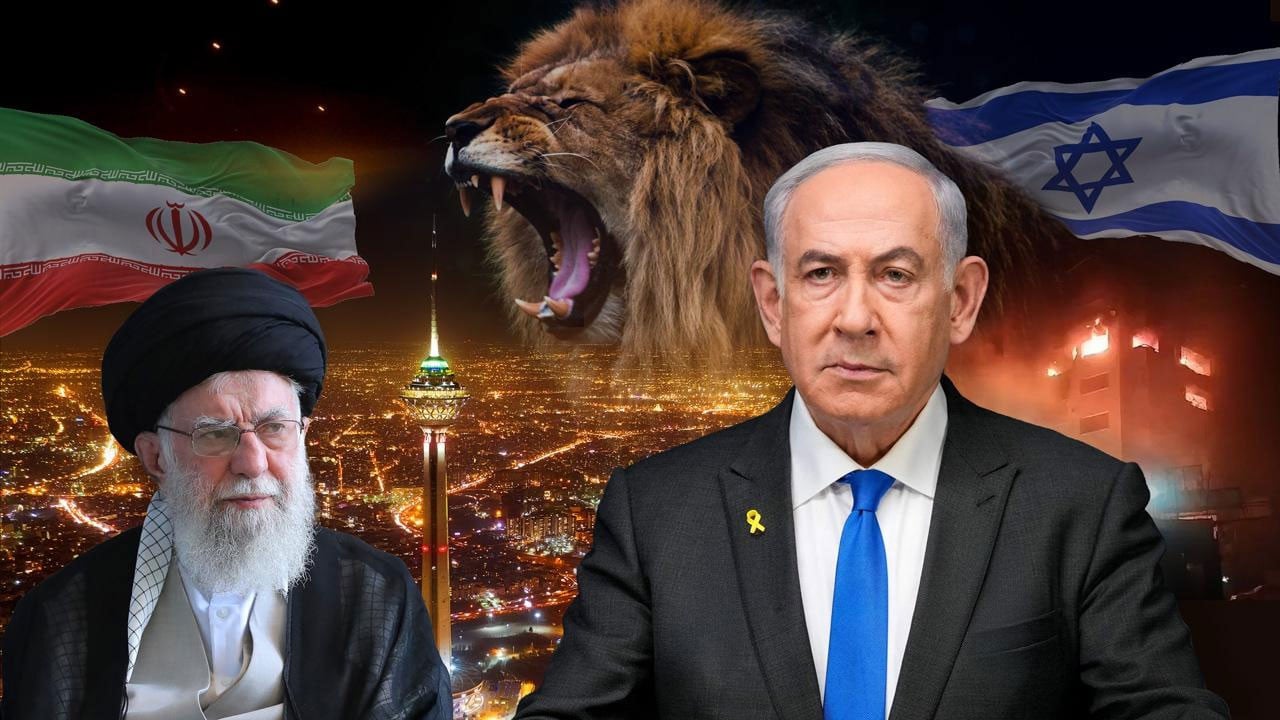
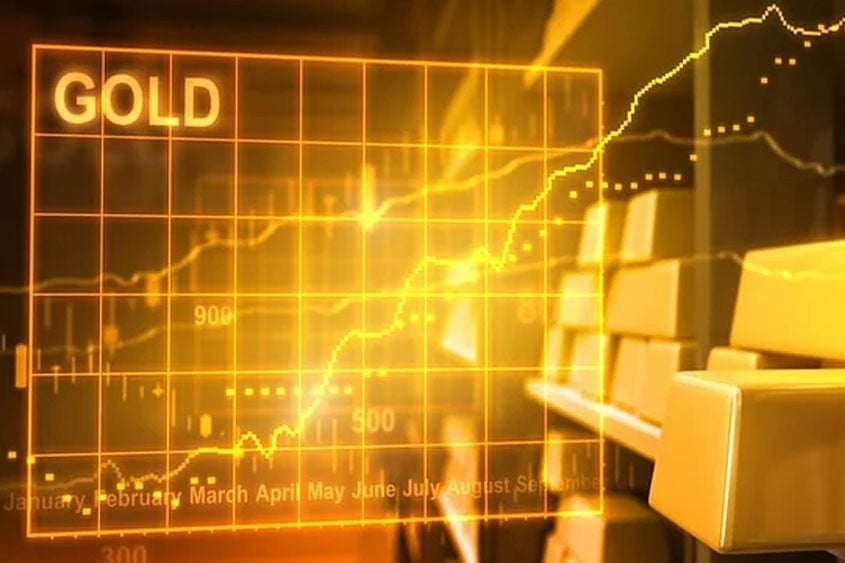
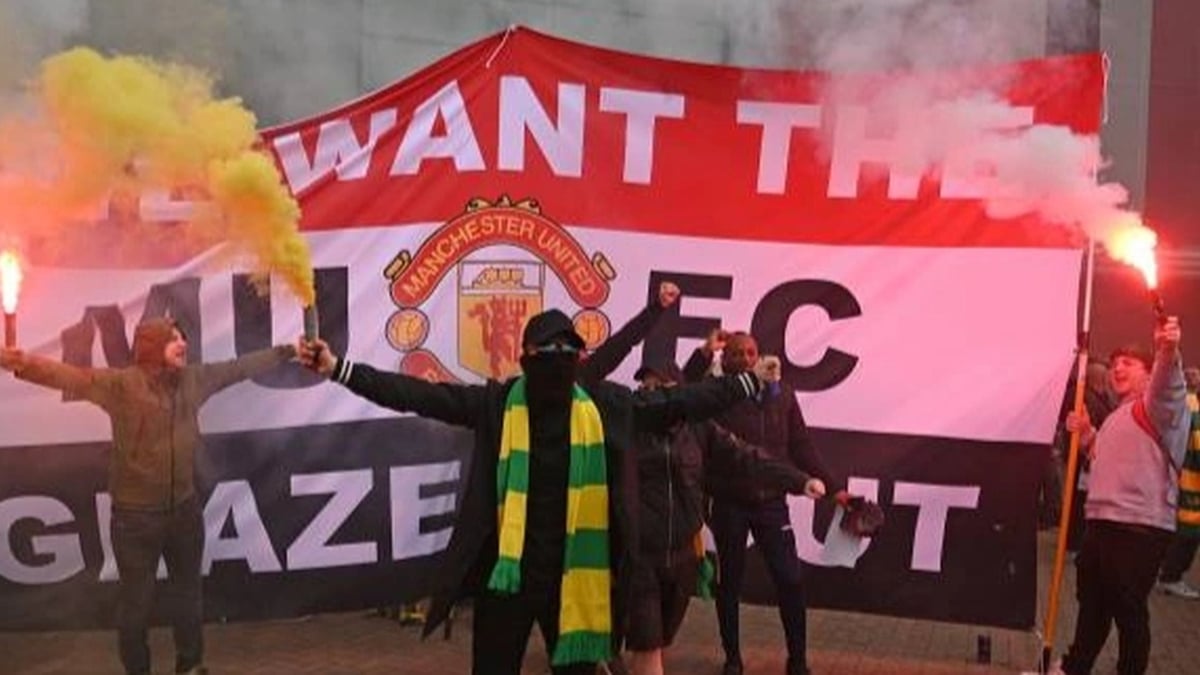
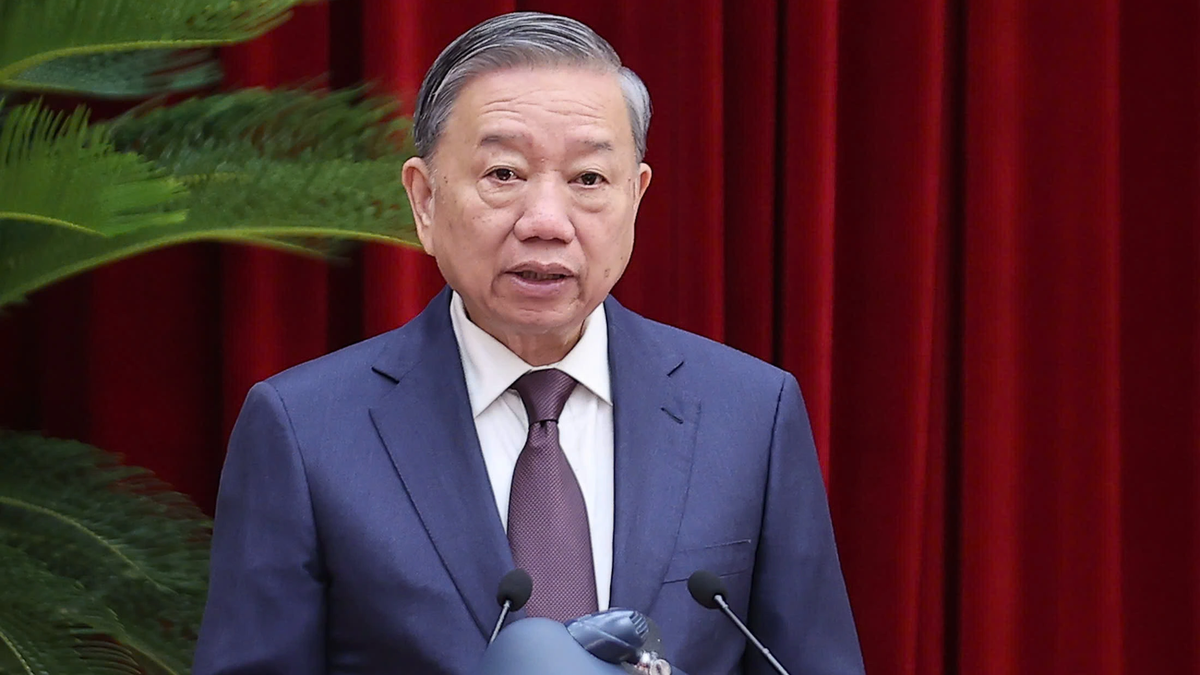



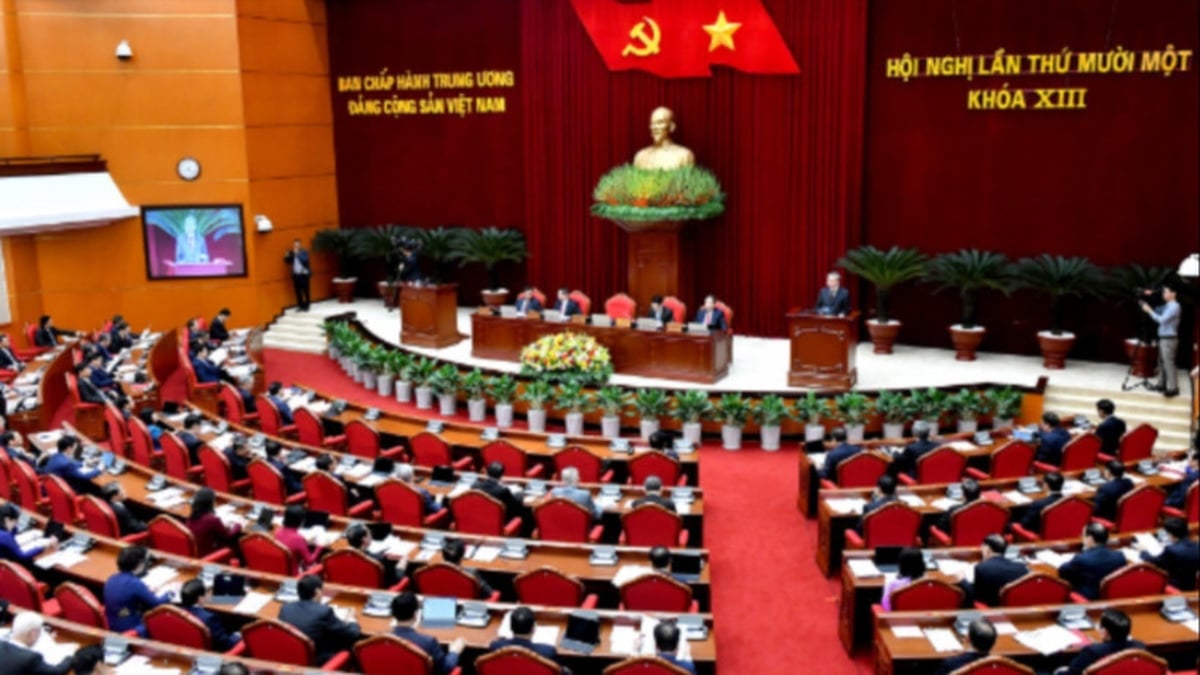

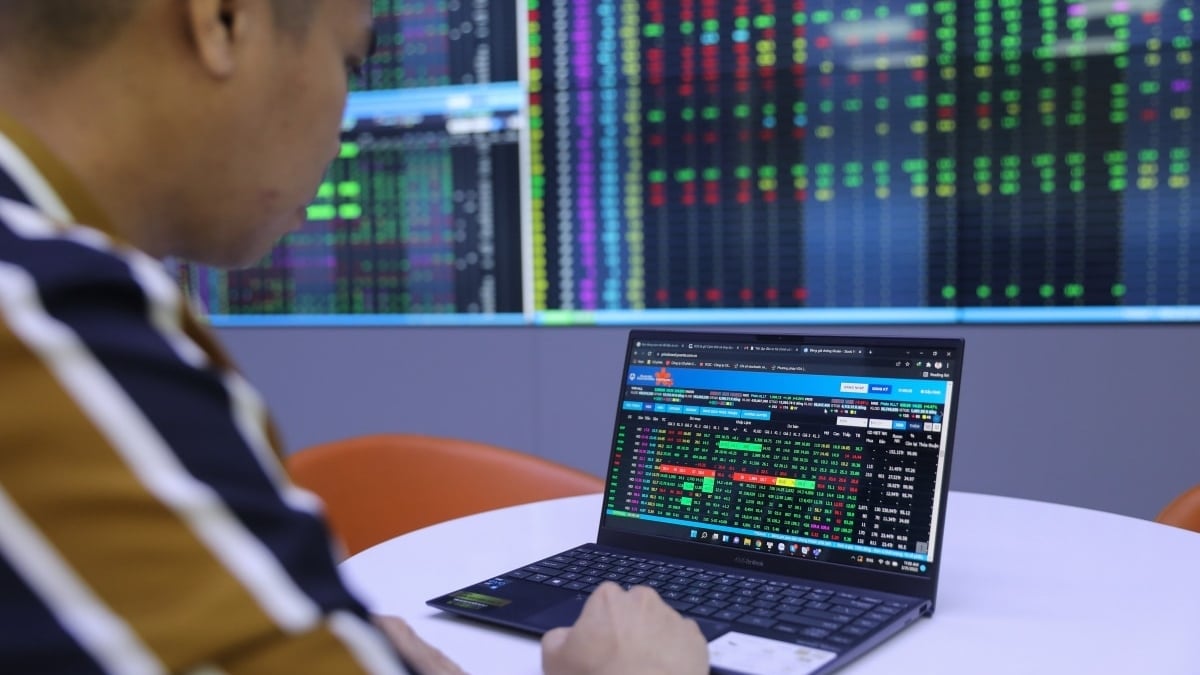
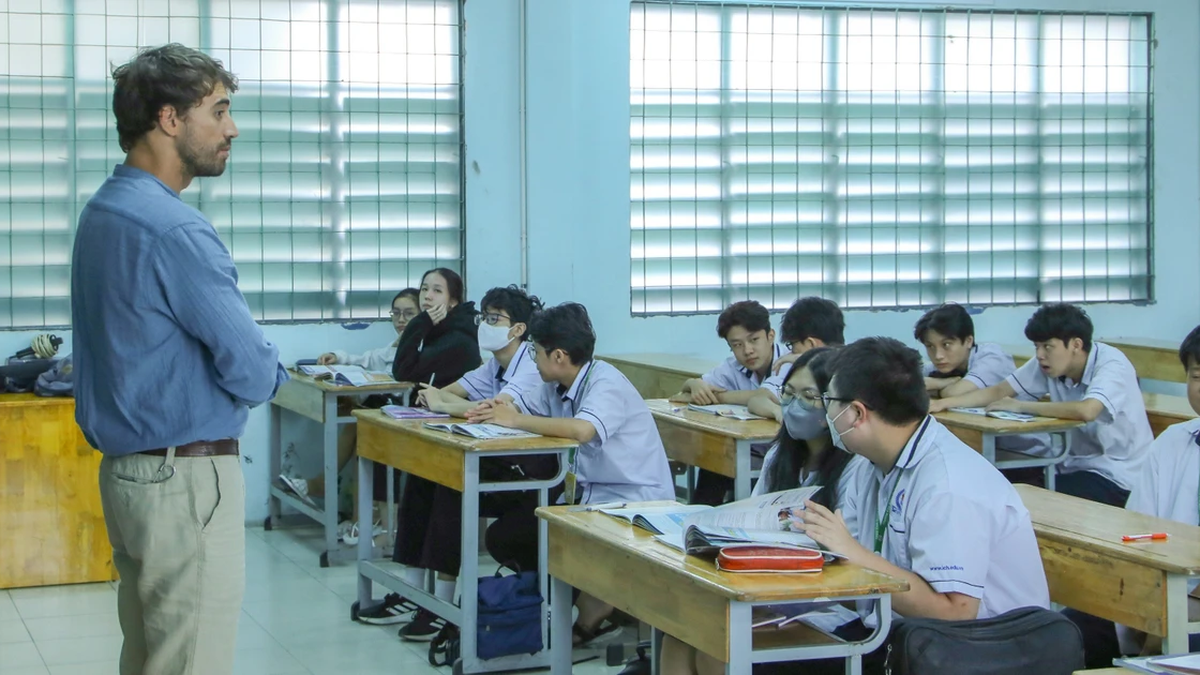









































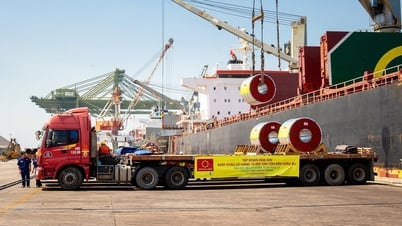



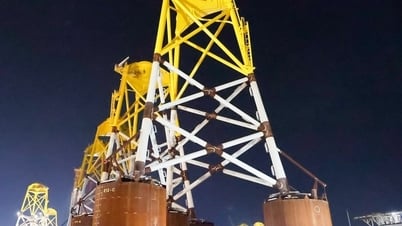
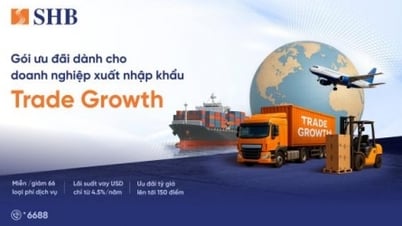




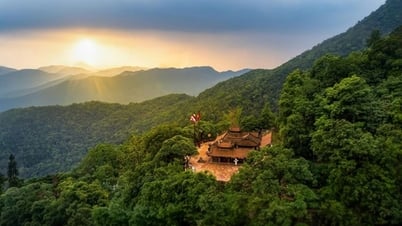

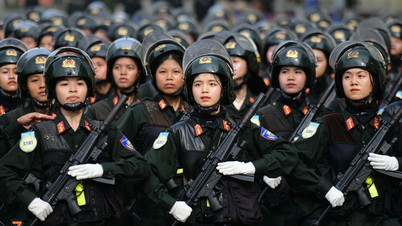





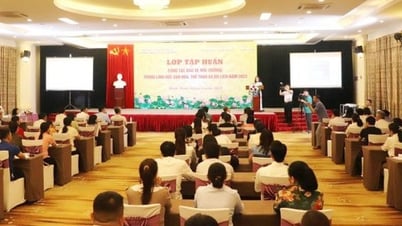


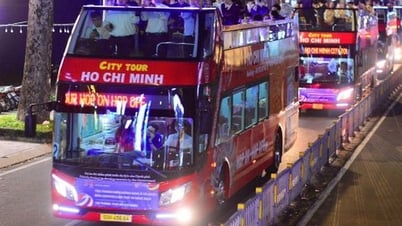
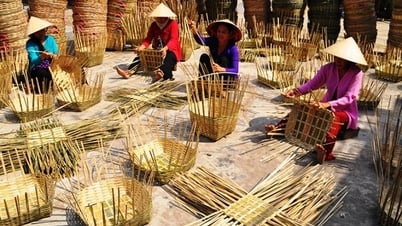










![[Infographic] In 2025, 47 products will achieve national OCOP](https://vphoto.vietnam.vn/thumb/402x226/vietnam/resource/IMAGE/2025/7/16/5d672398b0744db3ab920e05db8e5b7d)














Comment (0)